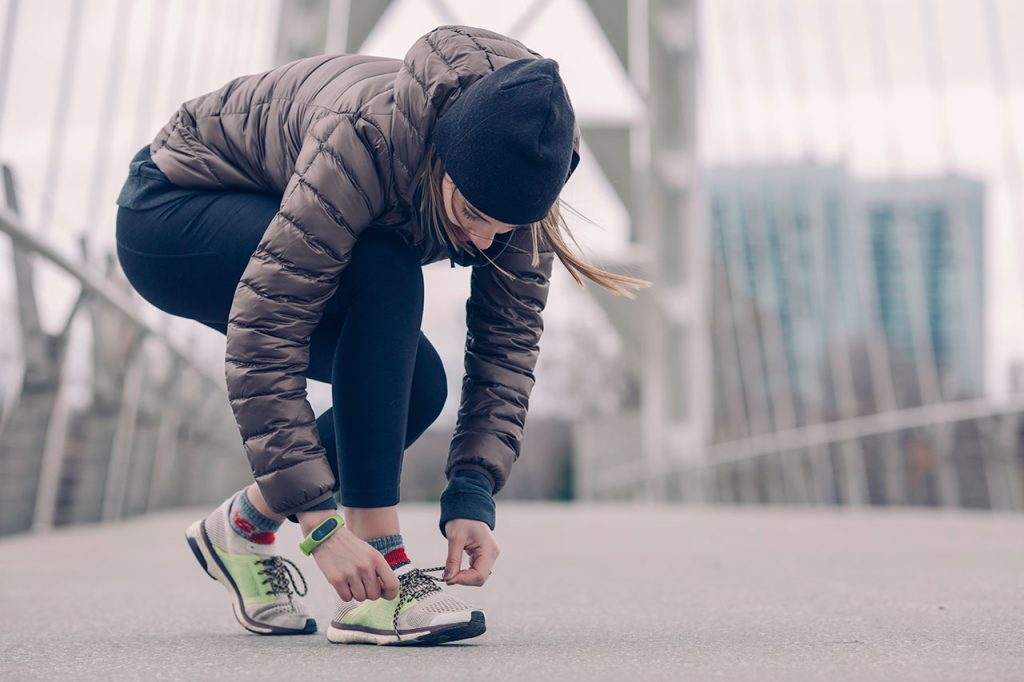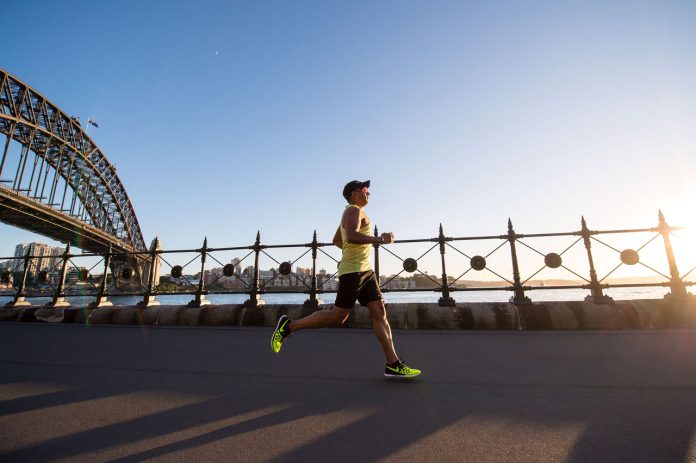A good running visor is a must-have accessory to shield your eyes from sun glare, sweat, and rain when clocking miles. With so many visor sizes, features, and styles available, it can be tricky to select one suited to your needs. Follow this guide covering fit, fabric, accessory options, and more when shopping for a running visor. Find your perfect match to help optimize outdoor workouts!
Table of Contents
You may also want to know: The Complete Guide to Start Running for Better Health
Benefits of Wearing a Running Visor
Compared to hats, visors offer runners advantages like:
- Keeps sun completely off the face to avoid odd tan lines
- Permits heat release and airflow through uncovered upper head
- Sweatband absorbs sweat before dripping into eyes or sunglasses
- Easier to pack and stash when not worn unlike bulky caps
- Typically lighter weight than hats
- Hair stays free and not smashed down like when wearing hats
- Greater range of vision and spatial awareness than hats
For peak sun protection and performance while logging road miles, trails, or tracks, a purpose-designed running visor is a smart investment.
Choosing the Right Visor Size
Consider key head measurements when selecting a visor:
- Head circumference – Measure around the widest part of your head above the ears and match to size charts.
- Forehead to nose length – Ensures visor rim reaches eyebrows to maximize shade.
- Temple to temple width – Account for the widest horizontal part of your head for an ideal fit.
- Adjustability range – Look for adjustable straps, velcro, or snap closures so the visor fits snugly.
Visors come in small/medium, medium/large, and large/extra large sizes generally. Size up if between measurements. Try on in person when possible. The visor should feel secure during active movement. Avoid overly tight fits that lead to headaches.

Important Features to Look For
See that your running visor includes these useful features:
- Sweat-wicking headband – Absorbs sweat before it runs into the eyes. Check width and cushioning.
- Dark underbill – Reduces glare from sun shining under visor edge. Aids visibility.
- Wide brim – Approximately 2.5-3 inches protects the face and neck better than a baseball cap brim.
- Wraparound profile – More coverage than flat-brim models.
- Ventilation – Mesh paneling or honeycomb fabric reduces heat buildup.
- Reflective accents – Retroreflective strips boost visibility and safety during low-light runs.
- Back velcro closure – Creates a custom fit. Look for non-irritating, soft velcro.
- Lightweight, quick-drying performance fabric – Mesh, polyester, and nylon blends work well.
The best visors shield from elements without feeling bulky or restrictive when running.
Popular Visor Styles and Designs
From sleek to sporty, running visors come in an array of styles:
- Full wrap – Extra side panel coverage with a rounded shape. women-specific visors often wrap more.
- Half wrap – Covers temples but not around sides for increased airflow or ponytail room. unisex style.
- Baseball cap style – Mimics baseball cap with rounded front and flat, wide brim. Most adjustable options.
- Trucker style – Foam front panel and snap closures instead of velcro. Retro casual look.
- Head sweat strap – Connects to the back of front-facing visors for added sweat absorption.
- Multisport – Quick dry fabrics and sporty styling suits running, tennis, hiking, and more.
- Novelty and fashion prints – Florals, splatter, or digital prints for style. Stick to technical fabrics.
Consider your personal preference – do you like more or less coverage? Concerned with adjusting fit or ventilation? Match priorities to visor profile. Then accessorize with fun colors and prints.
Choosing the Best Running Visor Fabric
Fabric makes a big difference in performance. Seek out:
- Breathable, moisture-wicking – Polyester mesh or knit with ventilation lets heat and sweat evaporate. Top choice.
- Lightweight – Under 2 ounces helps the visor feel weightless on your head.
- Quick drying – Minimal water absorption dries rapidly if soaked in rain or sweat.
- UPF 50+ sun protection – blocks over 98% of harmful UV radiation for safety.
- Odor resistant – Prevents sweat smells and bacterial buildup over time.
- Four-way stretch – Fabrics like spandex blend to move in every direction freely when running.
The ideal fabric strikes the perfect balance between protection and weightless comfort. Avoid heavier non-breathable materials.
Matching Accessories for Sun Protection
Pair your running visor with sunglasses and sunscreens:
- Sports sunglasses – Opt for shatterproof polycarbonate polarized lenses that block UV rays. Retain clarity when sweating.
- Sunscreen – Apply broad spectrum SPF 30+ liberally before outdoor activity, even on cloudy days. Reapply every 1-2 hours if sweating or swimming.
- Lip balm – Look for SPF 15+ formulas that moisturize. Rehydrate dried-out lips.
- Sun shirt – Wear lightweight, breathable long-sleeve shirts for added protection. Cooling moisture-wicking fabrics work well.
Don’t forget a brimmed hat on days with extreme heat or sun exposure. The combo seals the deal on sun safety when running long distances.
Keep your new running visor in top shape by hand washing with mild detergent after sweaty outdoor workouts. Let air dry fully. Follow these tips to find the best visor match suited to your running habits and keep your eyes shaded in comfort. Safe travels on all your miles ahead!

Related Links:
https://en.wikipedia.org/wiki/Running




